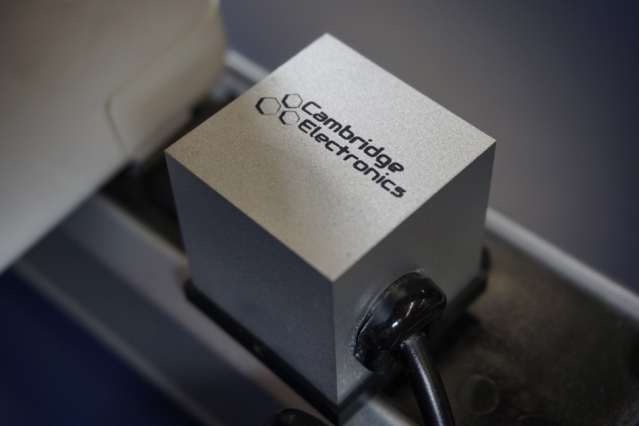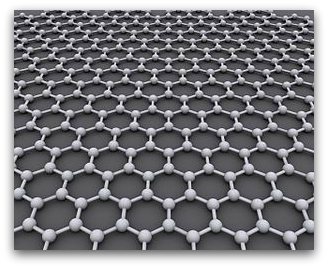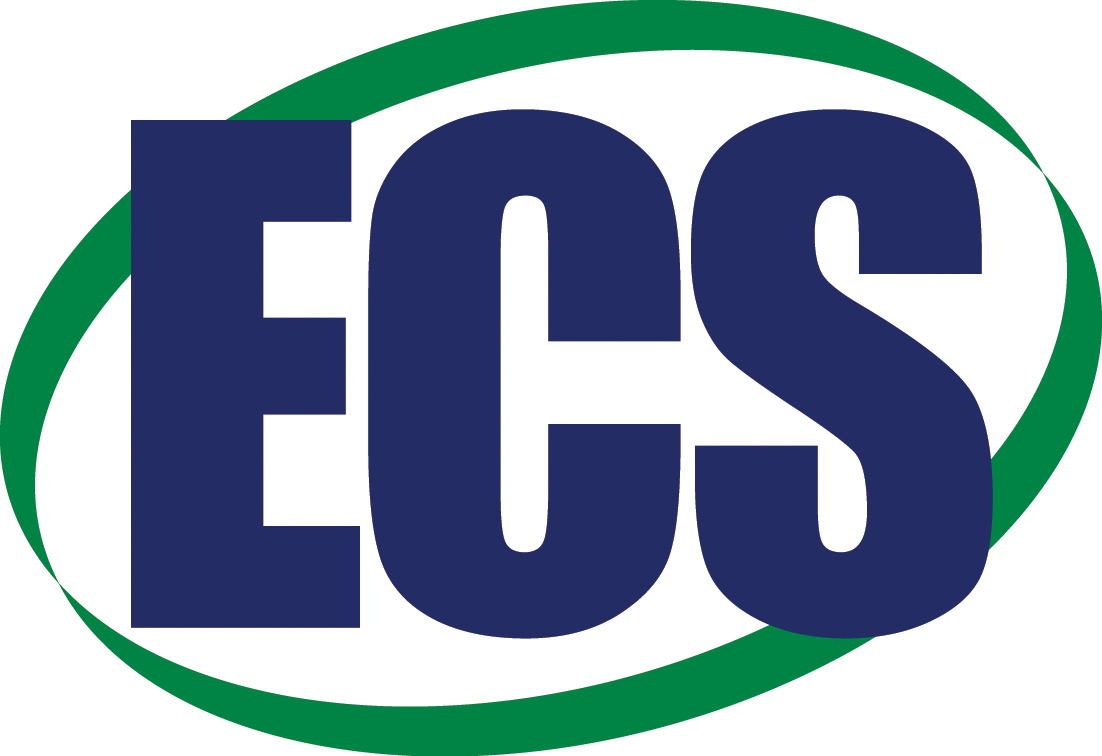 As part of our continued commitment to Open Access publishing, ECS is in the process of ensuring an increasingly robust management of article credits, APCs, and APC discounts. ECS is pleased to announce we are partnering with CCC RightsLink, which is a sophisticated self-service system that allows authors to pay the appropriate fee or select the article credit for their articles. CCC RightsLink will help ECS to future-proof its Open Access activities in a sustainable way.
As part of our continued commitment to Open Access publishing, ECS is in the process of ensuring an increasingly robust management of article credits, APCs, and APC discounts. ECS is pleased to announce we are partnering with CCC RightsLink, which is a sophisticated self-service system that allows authors to pay the appropriate fee or select the article credit for their articles. CCC RightsLink will help ECS to future-proof its Open Access activities in a sustainable way.
As of May 12, 2016 CCC RightsLink will be fully integrated with our article submission process. Authors will be able to pay color charges, supplemental material fees, and claim Open Access article credits through RightsLink’s self-service portal. (more…)









